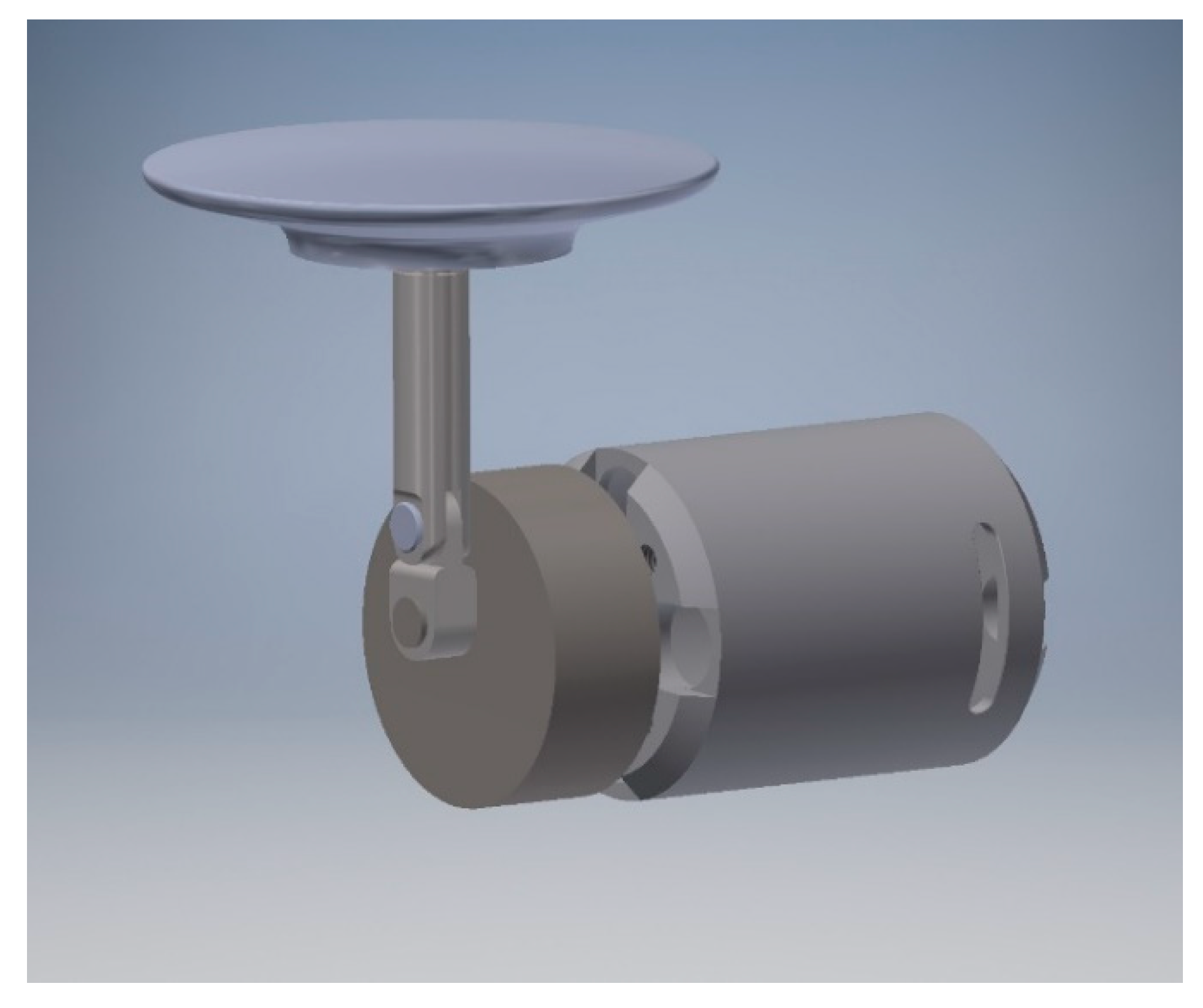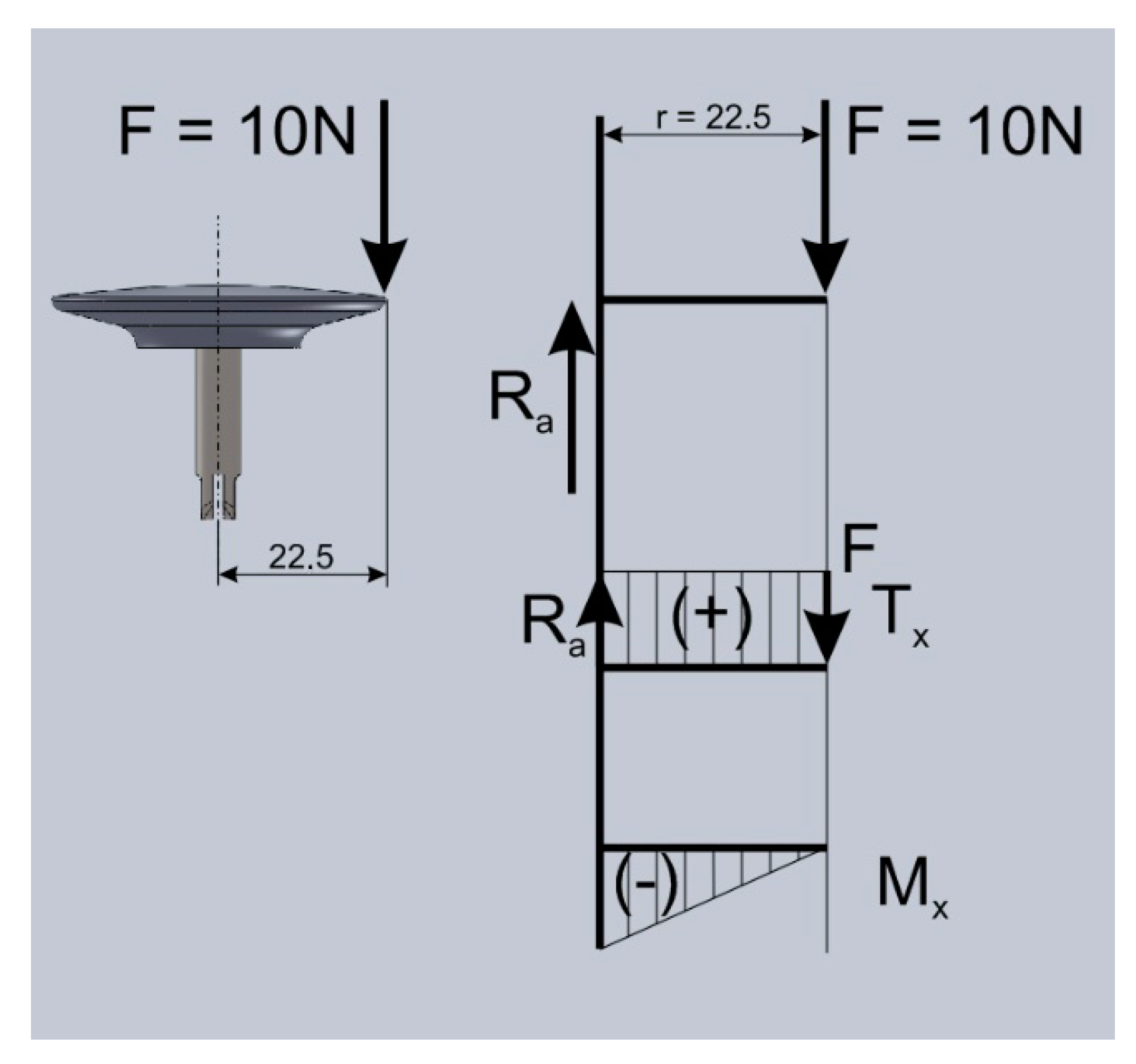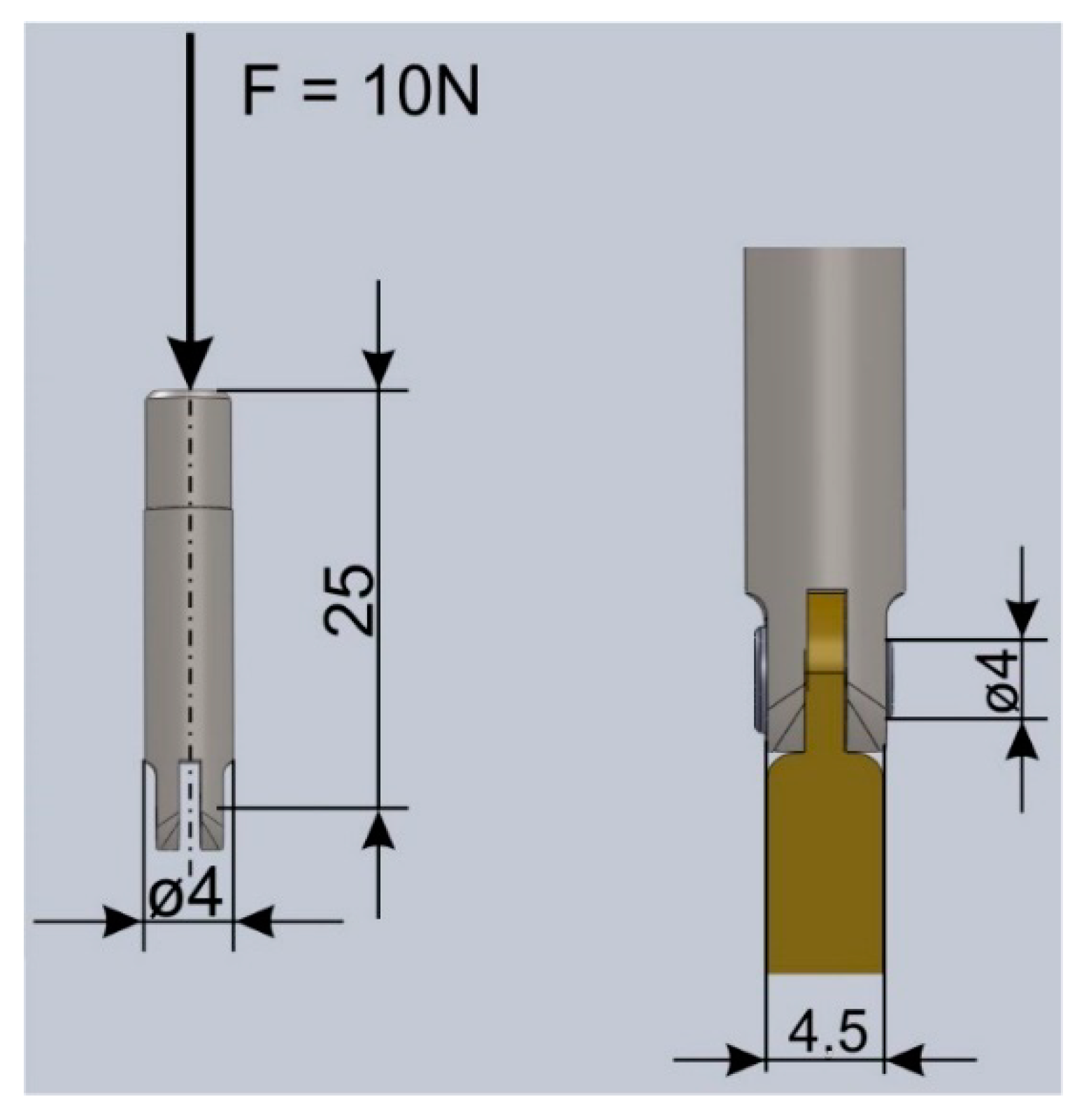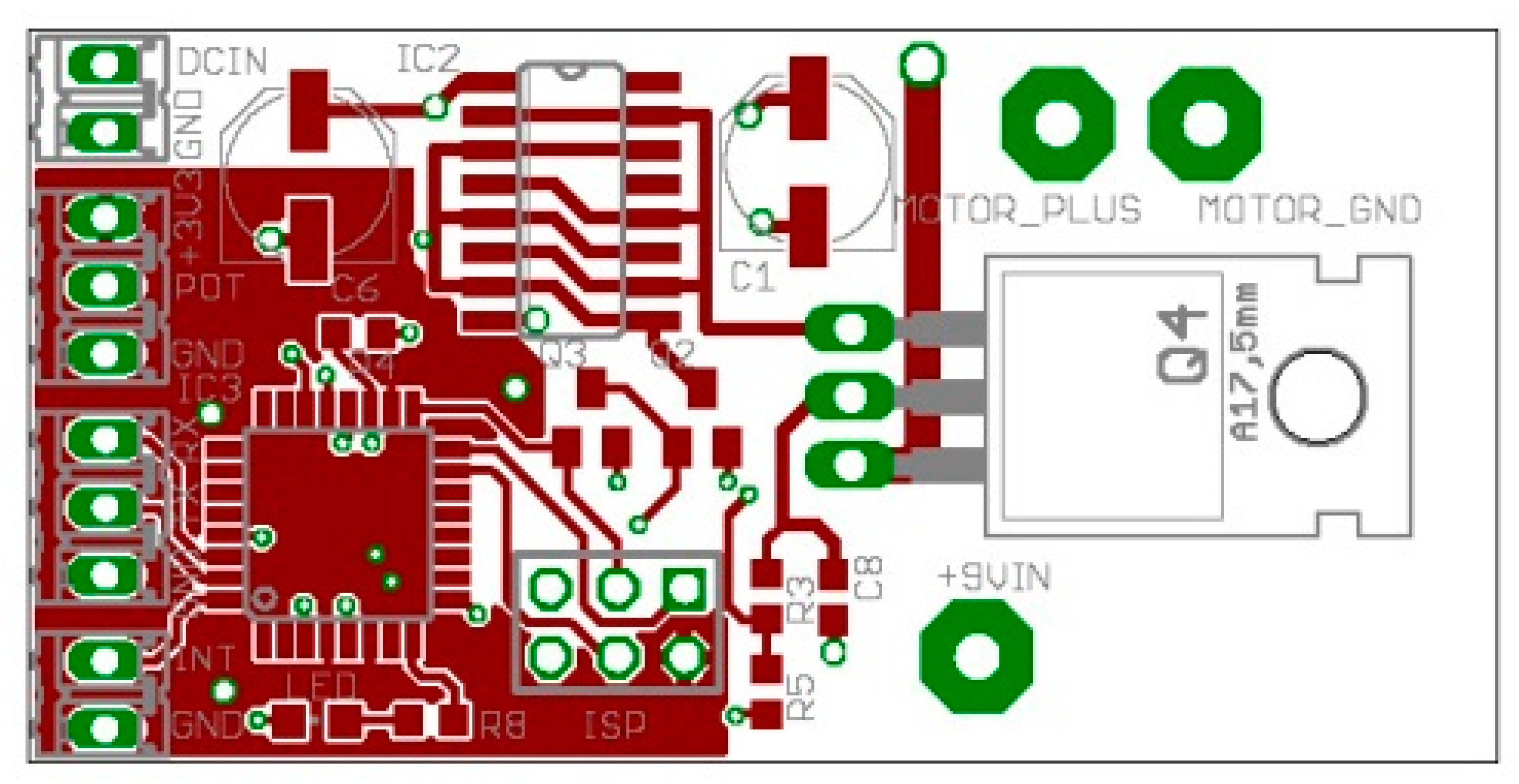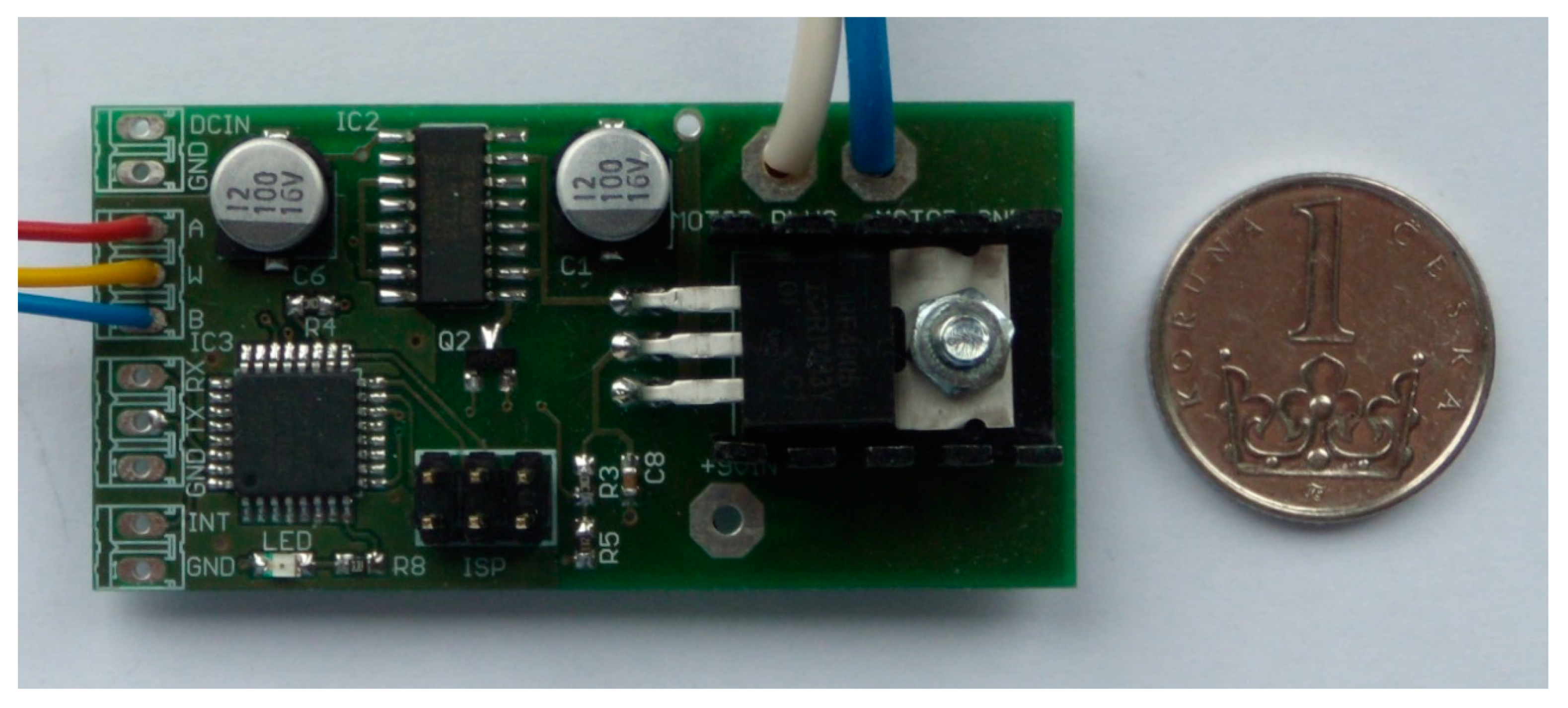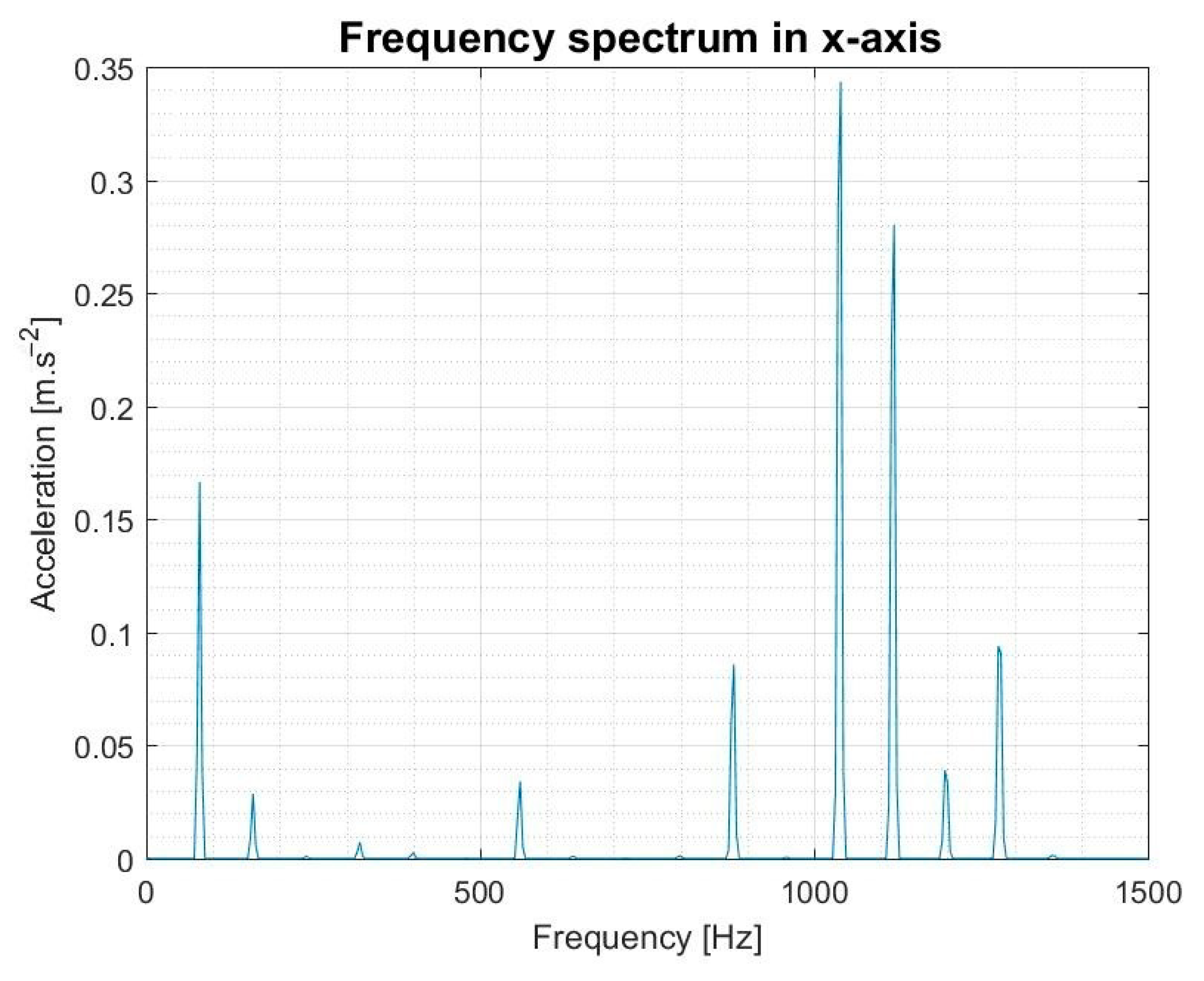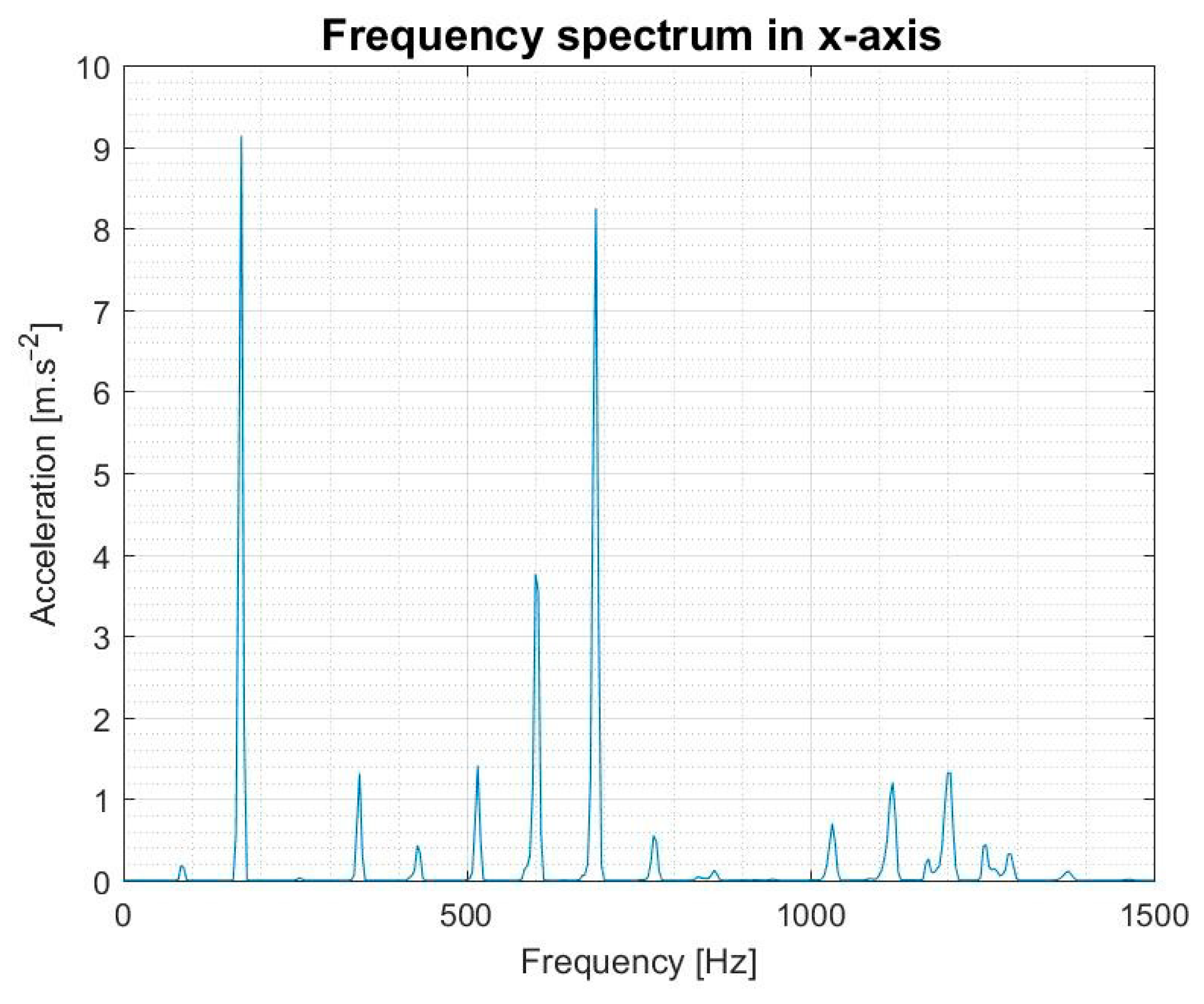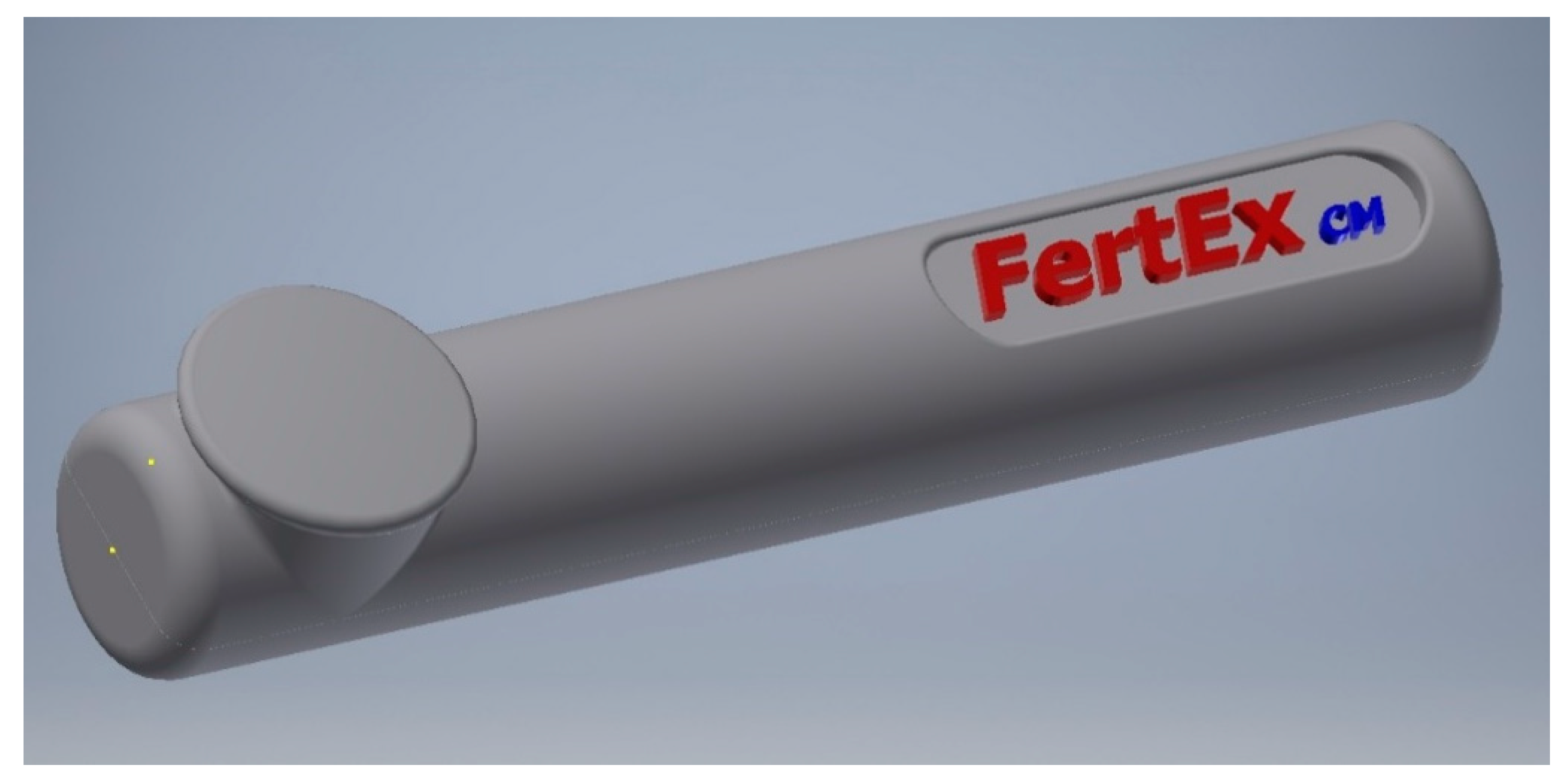1. Introduction
According to multiple professional medical journals, human reproduction has encountered some problems, especially in terms of the decrease of sperm quality. This issue has been observed since the 19702010039s. Busy and stressful lifestyles as well as separation from traditional life and nature have been associated with this decline. In the last century, 60 million was considered the average amount of mobile sperm for males. Currently, the standard values of spermiogram are based on the 2010 norm according to WHO (World Health Organization)—volume—1.5 mL and more; pH: 7.2 and more; concentration: At least 15 million per 1 mL of the semen—total at least 39 million; mobility—minimally 40% of mobile sperm and 32% of progressively moving sperm; and morphology: Minimally 4% of the normal build. The transport of the semen into the Centre of Assisted Reproduction (CAR) must be done within an hour [
1].
In the Czech Republic, on average 150–200 people fall victim to a spinal cord injury every year and a third of these are women. The most common mechanisms of injury are a car accident and falling from height [
2]. From the severity perspective, it is the priority group of patients who require long-term medical care and rehabilitation, the complex approach of various professionals and specialists such as a traumatologist, neurologist, urologist, intern, rehabilitation physician, sexologist, and psychologist. Patients with a spinal cord injury are treated by spinal units, which are part of traumacentres. At the moment there are four spinal units in the Czech Republic located in Prague, Liberec, Ostrava, and Brno. The first step in treatment is a surgical decompression of the spinal cord. On the first postsurgery day, the process of complex rehabilitation and resocialisation begins. The rehabilitation of the paralysed patients continues in the rehabilitation centres and their goal is full adaptation to a wheelchair, acceptance of permanent disability, and return to family, work, and social life. In regard to the care of disabled patients, the financial costs are high, especially in the first year following injury. The lifelong expenses of a man who has become disabled at the age of 25 can go beyond 20 million Czech crowns [
1,
3,
4]. Sexual dysfunction, sexual life, and reproduction are affected by spinal injury. The disabled patients suffer from erectile dysfunction (ED) and the condition is also connected with the change of erogenous zones, non-ejaculation with the absence of orgasm, or the change of quality of orgasm, spermatogenesis disorder, endocrine dysfunction, lowered libido, and decrease or loss of sexual satisfaction. Sexual desire is decreased by the injury and that leads to a lower frequency of sexual intercourses ranging from one per week to one per month. Erogenous zones change, and while the penis loses its dominant role as opposed to in a healthy male individual, areas with preserved sensitivity such as nipples, ear lobes, nape, and mouth become more prominent. The nature of an orgasm changes as it is not accompanied by ejaculation. A number of males describe it as a pressure in their head. Some paraplegics are able to evoke orgasm-like feelings preceding the injury, which is called a ‘psychogenic orgasm’ and the orgasm experienced simultaneously with the partner is called a ‘para-orgasm’ [
2,
3,
4,
5].
Nowadays, two of the most common and successful methods of retrieving sperm from disabled males are rectal electrostimulation and vibrostimulation. Prior to vibrostimulation or electrostimulation, the patient is thoroughly informed after which they sign the consent of acknowledgment [
4]. Vibrostimulation, penile vibrostimulation (PVS) is recommended in the first line of retrieval of sperm from men with postinjury non-ejaculation. Using a penile vibrator is successful with men with a lesion segment T8 of the spinal cord. Technical parameters of the device are as follows: Reachable frequency 100 Hz and amplitude 2.5 mm. Vibrostimulation is performed while sitting down in a wheelchair. The vibrostimulator is placed on the glans or frenulum of the penis. Stimulation takes between a 2–3 min to 1–2 min intermission but the maximum number of repetitions is three. Ejaculation tends to be accompanied by spasms of the abdominal and lower limb muscles. Contraindications of PVS could be skin inflammatory changes on the penis, uncorrected hypertension, heart disorders, and a high risk of onset of autonomous dysreflexia. For some time after the injury (less than 18 months), patients tend to have problems to achieve ejaculation using PVS, which is considered noninvasive compared to electro-ejaculation. PVS is a preferred method by the patients as couples can use it for home insemination.
2. Experimental Section
An electrodynamic vibrator would probably be the most suitable solution [
6]. However, the market does not offer a suitable type and size of the vibrator, which could be used in this case. If we were focusing on the development and production of the electrodynamic solution in its miniature version, it would be pointless without serial manufacturing. Another way to stimulate nerve endings via vibration is using a piezoelectric vibrator. This solution may first appear as optimal and final. On the other hand, because of its construction this kind of generator is not capable of reaching the required deviations (amplitude) in the 1–4 mm range. The crank mechanism construction then appears to be the optimal choice. While using the crank mechanism, it is possible to reach great accuracy with the set amplitude, which corresponds with the specified conditions in the 1–4 mm range. The amplitude is controlled by the eccentricity of the connecting rod pin from the rotating axis of the flywheels and frequency as well as by the spin speed of the electromotor [
7]. To maintain the specified conditions, the design of the device was presented in five variants, while every variant had a different eccentricity, which corresponded to the 1–5 mm amplitude. All parts of the device were checked by the numeric calculation. The crank mechanism
Figure 1. was checked by calculation on testing the stresses, bearing, and bruising of the connecting rod and pins. The maximum applied force on the stimulating plate is 10 N (
Figure 2) and because of this negligible force, detailed calculations were not carried out
Figure 3. [
8].
Calculation of critical force in
Figure 2:
where:
Fkr—critical force at the stress rupture (N),
E—tensile modulus (MPa),
lred—reduced length of the rod (m), and
Jmin—quadratic module of the cross-section—(smallest) (m
3)
The calculation matched the requirements: The operational value is 13,265 times lower than the critical pressure.
The test of the pin cutting on two levels is:
The calculation matched the requirements. The operational value is 48 times lower than the critical pressure.
The bruising test of the pin with the fork is:
The calculation matched the requirements. The operational value is 19 times lower than the critical pressure.
The bruising test of the pin of the connecting rod is:
The calculation matched the requirements. The operational value is 131,250,000 times lower than the critical pressure.
The dimensions calculation of the medical device was derived from the dimensions of the electromotor and the wall thickness of the device.
where is:
Dem—diameter of the electromotor (mm), and
tt—wall thickness of the device (mm)
The body of the device must be able to function even with mechanical stresses caused by vibrations. A PLA plastic type was used as the designed material for the prototype of the device. PLA is a biologically degradable plastic as a result of its natural origin from corn, sugar cane, or potatoes. In regard to longevity of the device, materials such as PET or PETG would be more suitable material solutions for the prototype since they are able to withstand greater mechanical stresses. However, since the focus is to verify the functionality of the device, it is not necessary to concentrate on the slight mechanical differences of the materials of the prototype.
3. Results
The body of the medical device was designed in a way that it would withstand the vibrations generated by the device and fall from common heights to 1.5 m above the ground [
9]. The biodegradable plastic PLA was used to create the prototype with regard to the environment. The strength of this plastic is that it is able to withstand the testing needs of the prototype.
The calculation presents the bulkiness of the crank mechanism with safety and technological reserves with the sum of the length of the electromotor, electronics, and accumulators.
where:
Lkm—length of the crank mechanism including technological and safety reserves (mm),
Lem—length of the electromotor (mm),
Le—length of the electronics (mm),
La—length of the accumulators (mm), and
tt—wall thickness of the device (mm)
Regarding the current consumption of the electromotor (current draw), an accumulator with hard discharging characteristics was designed. A LiFe (lithium–iron–phosphate) accumulator type was chosen because of its reliability and lifespan. It does not have any deficiencies compared to its predecessors and offers a bigger capacity with smaller dimensions.
The main task of controlling electronics is to secure the flawless operation of the device both without any load and under load while being applied to the patient. The next task is to inform the staff of the charging state of the accumulator, its overload, forced cessation of the device, or overheating of the motor [
7]. The electronics of the device were designed so that the crank mechanism with the connected electromotor was able to maintain the set parameters under stress within the frequency range of 60–120 Hz (i.e., 4800–7200 RPM). The frequency is adjustable within 5 Hz steps [
10]. The last function of the controlling electronics is inductive charging. The device was designed to be resistant to gushing water, in other words, IP coverage-protected from gushing water. Water is rushed through a 6.3 mm jet at all angles with a flow of 12.5 L per min and with a pressure of 30 kN/m
2 for at least three minutes from a three-metre distance [
11]. The controlling electronics contain an inductive part for accumulator charging, which means the device was designed for contactless inductive charging. The charging is signalled by a green LED diode, which flashes during charging and as soon as the charging process is finished, it shines green. For the experimental measuring, a simpler and, most importantly, cheaper model of the controlling electronics was developed. This model retroactively checks the speed of the electromotor. The frequency or speed is set by using a calibrated potentiometer and there is a scale on the body of the device for setting an accurate frequency. After being switched on, the electromotor maintains a constant set speed with or without a load on the device [
7].
The controlling electronics of the medical device have the following properties: Dimensions of 55 × 27 mm; power supply of 5–12 V; and nominal voltage of the motor of 7.2 V. The regulated current is applied by using a power transistor with a cooler (max. 8 A, short-term 20 A) as shown in
Figure 4 and
Figure 5.
After considering the aspects of the available electromotors in this category, an electronically switched (brushless) electromotor was designed. The reason for this choice was its affordability, lifespan, and sparkles operation, which could otherwise cause the disruption of some electronic medical devices. The price of the electronically switched electromotor is from five to 10 times higher than of a standard commutator electromotor, but the price is balanced out by its reliability and longer lifespan. From the available motors, the SPEED 500 or SPEED 400 series of electromotors can be considered. The comparison of the measured values of the current draw of the mentioned models is presented in
Table 1,
Table 2 and
Table 3. Based on the measurements listed below, it is apparent that the SPEED 400 series electromotor was picked as optimal. Its parameters, namely, its output and current draw, fully satisfy the requirements demanded by the device.
The crank mechanism method was verified in the laboratory with regard to patient safety and the emergence of own frequency or resonate. With experimental measurements, the maximum values of amplitude at frequency were found. DC engine was powered by a stabilized source and were measured engine RPM, the electric current (A), and frequency (Hz). After complete measuring, data were recalculated and placed through conversion by software Matlab for a verification of amplitude in (mm). Using the same software, the data was published on graphs as shown in
Figure 6,
Figure 7 and
Figure 8.
4. Discussion
The most important feature of the designed device FertEx CM for PVS is the option to safely retrieve sperm from paralysed males and the option to have their own biological offspring. This obtaining is also possible to do at home after a doctor evaluation. The retrieved sperm is then required to be transported by CAR. Another possibility is to impregnate the partner immediately after by using a ‘Baby made home’ method (artificial insemination), when the partner inserts the semen into her vagina.
Based on experience, the spermiological parameters and especially sperm mobility are better when obtaining PVS. PVS is recommended in the first line for sperm retrieval for males with postinjury non-ejaculation. Use of the penile vibrator is successful with men with a lesion above a T8 segment of the spinal cord. Rectal electrostimulation and electroejaculation (EEJ) are other techniques for sperm obtained from a paralysed patient. The principle of electroejaculation is to induce reflective ejaculation while using an alternating current of voltage up to 15 V with paraplegics and up to 5 V with tetraplegics; the current ranges between 100–600 mA [
3]. PVS appears as a safer and less demanding method for the patient.
The current market offers other variants of the PVS device: FertiCare and FertiCare 2, or Viberect- Penile vibrator/stimulator. The competitive devices, however, do not allow a precise amplitude setting and electronic maintenance of the set frequency. The designed device FertEx CM also provides an interface for recording one’s heart rate and blood pressure for a potential cessation of the procedure before any succeeding complications could be observed. Another advantage of the FertEx CM PVS device is the continuous storing of information of the selected mode of stimulation. The data obtained this way can be later analysed or imported into the patient’s database for further use. Devices of this nature are not currently available on the market. In a similar device operating on a similar principle, production was discontinued and replaced by a less effective device that stimulates nerve endings on both sides. Thanks to this step, the demand on the Czech market has increased significantly and doctors are practically waiting for the development of the FertEx CM device to be completed.
When designing the solution, the safety of the patient was the highest priority and both the prevention of the mechanical and electric malfunction of the device were taken into account. The basic technical requirements were: Reaching the maximum load of 10 N, securing the amplitude with a 1–4 mm range and oscillation frequency between 60–120 Hz, and maintaining the selection of a safe electric power source, which is a source with a direct current of 5–12 V voltage [
12]. Other technical requirements were the possibility of wireless inductive charging and securing compliance with the electric norm stated by the ordinance about electric devices. The final requirement was to secure the watertight integrity corresponding with the integrity of the device in 5 metres depth and controlling functions of the device regarding the priority of securing the safety of the patient [
13]. The construction of the device complies with the set requirements for the construction of medical devices according to the EU norm. The mechanical parts of the device were checked by numerical calculations for stress, cutting, pressure, thrust, and bruising. Considering the very insignificant applied forces, it was verified by a second calculation check and the device complied with the mentioned kinds of load. Charging was provided by a secure direct electric source, the accumulator, which can be charged repeatedly. The type of accumulator has a long lifespan and does not have a memory effect. The electronics which are in charge of the automatic device control were designed regarding the safety of the patient. The body of the medical device met the requirements for the mechanical load by vibrations generated by the device and the lifespan of the prototype [
6]. The protection against foreign elements and water was solved so that it is possible to wash the device under running water without danger of water contamination, which could subsequently damage the electronic parts. The device is protected from overload, in other words against misapplication and a violent cessation of the electronic nondestructive protection, which in case of malfunction would safely disconnect the power supply without endangering the patient.
